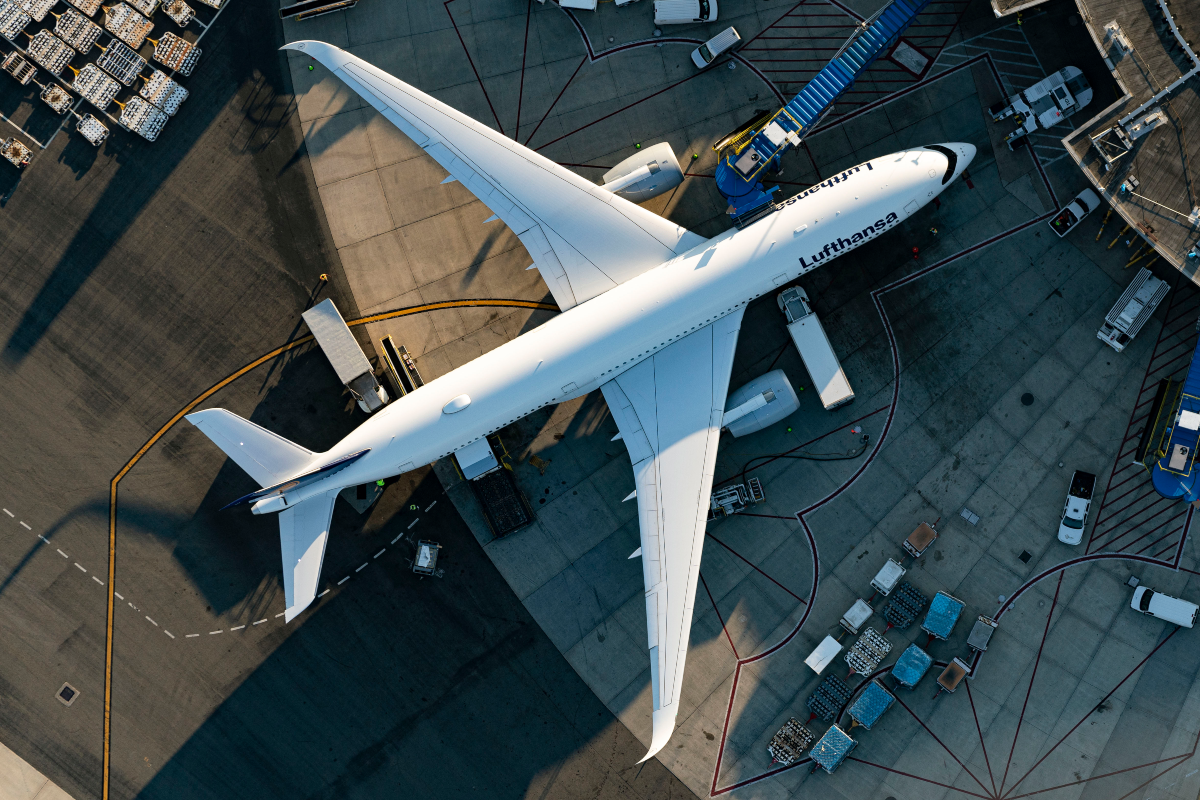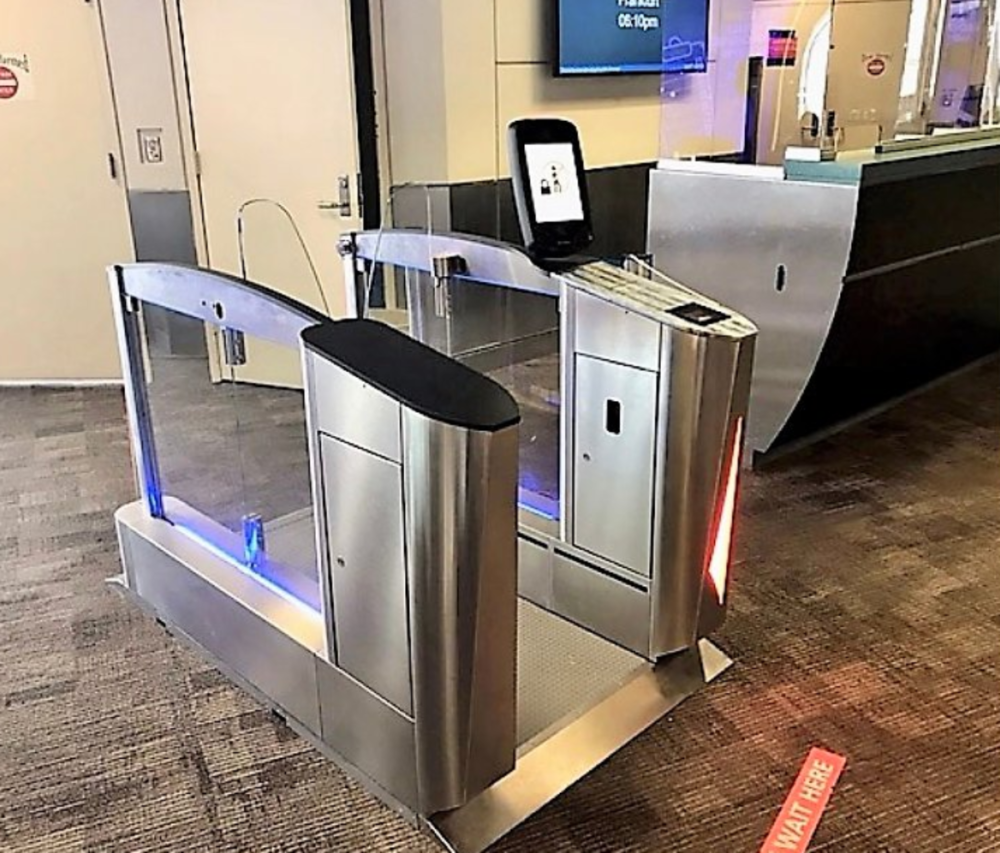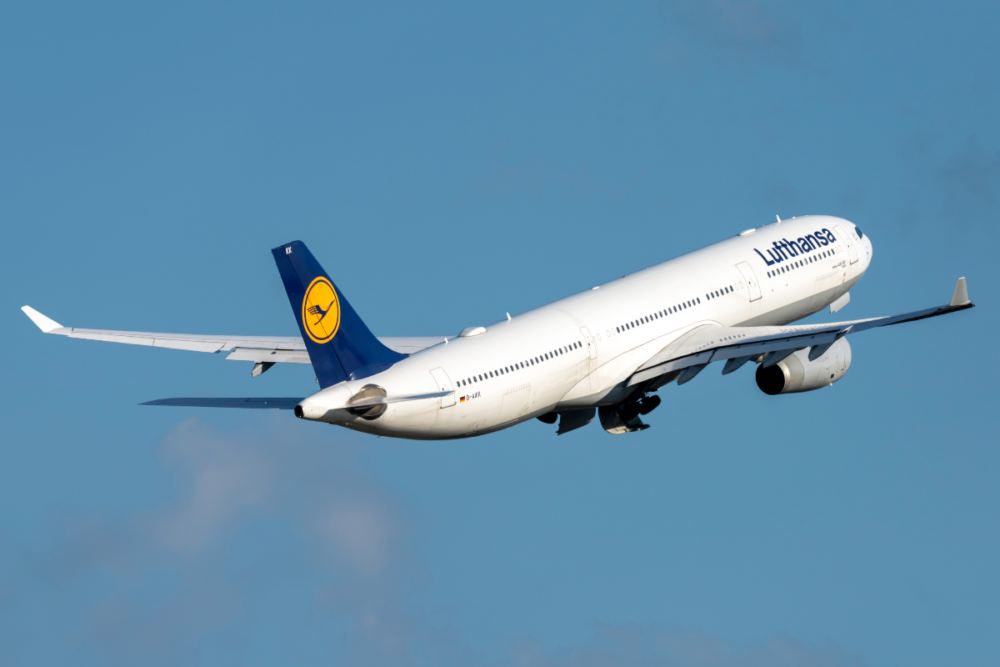A biometric self-boarding e-gate trial is underway at Newark Liberty Airport. The trial will run until August 31 at Gate 62 of Terminal B. If all goes well, a wider rollout is anticipated. The Port Authority of New York and New Jersey (PANYNJ), operator of Newark, says the facial recognition technology used is the future of boarding.
A seamless process that speeds up boarding
So far, the signs are good. Beyond saving travelers and attendants time, the pilot system helps limit physical contact between attendants, passengers, and shared surfaces.
“The entire process takes seconds; it's that quick,” says Raymond Viggiano, International Facility Supervisor at Newark. “It’s just a really nice flow and passenger experience.”
Working with the PANYNJ is the hardware provider EASIER, software provider Idemia, and Lufthansa. A quick scan of the boarding passenger's face at the gate is matched to images held in the US Customs and Border Protection (CBP) database. Newark Airport notes the CBP already holds images of all passport holders in the United States. The matching process is almost instantaneous, identifying the passenger and clearing them to board.
“The passenger walks right up to the e-gate, which takes a biometric scan and confirms a passenger is okay to board,” said Mr Viggiano.
Newark Airport deletes all passenger scans within 12 hours. Key to the trial's success is reducing boarding time and simplifying the boarding process. Newark Airport will collect digital data from the trial and passenger feedback. If all goes well, the airport is eyeing rolling out biometric self-boarding e-gates at other international gates in Terminal B before eventually covering the entire terminal.
Facial recognition technology slowly rolling out across US airports
Biometric boarding isn't new, having been around for a few years now. Lufthansa is an established player in the field. The airline rolled out biometric facial recognition at New York's John F Kennedy Airport in 2019. That followed Lufthansa trialing the technology at Los Angeles International, Orlando, and Miami Airports. According to Lufthansa, facial recognition is a no-brainer.
"Lufthansa is taking the necessary steps to continue enhancing travel through technology," said Bjoern Becker, Senior Director, Product Management Ground and Digital Services for Lufthansa, at the time. "We anticipate for this technology to continue growing and to introduce it to more gateways throughout the United States.”
PANYNJ points to the success of facial recognition technology at Maynard H. Jackson International Terminal and Concourse F at Atlanta. That ambitious project uses facial recognition technology from curb to gate. Stakeholders there include the CBP, Delta Air Lines, and Hartsfield-Jackson Atlanta International Airport.
"Customers have an expectation that experiences along their journey are easy and happen seamlessly — that’s what we’re aiming for by launching this technology across airport touchpoints,” said Delta's Gil West.
Facial recognition technology part of the future of travel
Delta claims the use of facial recognition technology at Atlanta saves each passenger nine minutes. At one of the world's busiest airports, that's an impressive metric. It's something Newark would like to emulate, especially when international travel starts to pick up again.
"We’ve looked at the entire passenger trajectory, from bag drop to checkpoint, to seat, and we really worked to improve the airport experience,” Mr Viggiano said. “Seeing our early successes here, I really think biometrics is the way of the future.”
Like or loathe the idea of facial recognition; passengers should probably get used to it. Aside from the startup cost, the technology is cheap, efficient, and enhances security. David Pekoske, a TSA Administrator, agrees facial recognition will be part of traveling in the future.
“The expansion of biometrics and facial recognition throughout the airport environment represents the next generation of security identification technology.”



